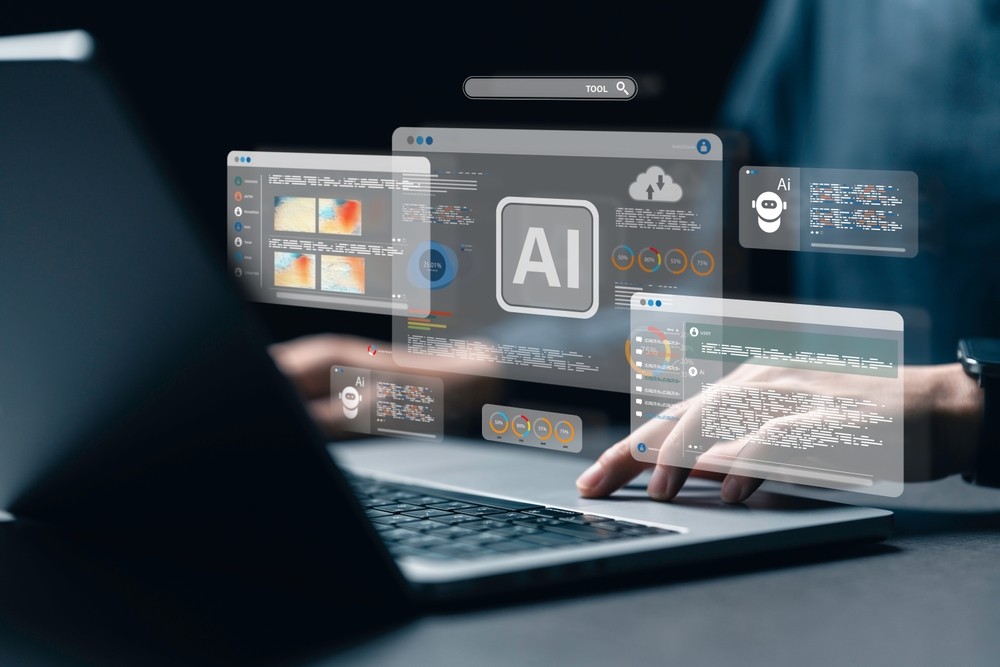Data is quickly becoming one of the most valuable raw materials in the production of generative AI (GenAI) strategies. But, like any other raw material, data starts as an unrefined substance and must be adequately processed before it can produce relevant outputs. Just like chemists eager to turn substances into a finished product, organisations are increasingly keen to convert data into actionable AI-driven insights.
However, extracting value from data isn’t always a simple equation; just like in chemistry, the ingredients and conditions matter. Every day, we generate 0.33 zettabytes of data – the equivalent of 330 billion gigabytes – which is a lot of potential input. As that volume continues to increase with the growing demand for AI, it is even more important to use the right approach to get valid results.
When done right, the output of the equation should be innovation, with research suggesting that as AI continues to become embedded into business processes, UK GDP could rise by £144 billion per year over the next five years – or, in the best case, receive a boost of 13% per year.
However, unlocking this reward requires a strategic understanding of the relationship between AI and data management. Here is a strategic formula for transforming your organisation with a better approach to data.
Refine your substance
Organisations must think about data like a substrate, the starting substance for the chemical reaction that results in enhanced business decisions. Training AI models on clean and reliable data sets is what ultimately determines accurate insights and actions. So, businesses must start their AI journey by purifying and refining their data. Skipping this step could result in wasted time producing a useless end product. Dell Technologies’ 2024 Innovation Catalyst Report found that this issue is widespread, with only one in three organisations saying they can currently turn data into real-time insights.
An essential part of maintaining the quality and integrity of your data is also considering where that data is stored. Many organisations have their data distributed across various locations, with the majority residing on-premise, while more than 50% of enterprise data is generated at the edge. Training and running AI models on-premises can bring businesses significant benefits by reducing the risk of data loss and corruption – and bypassing the cost of moving that data.
In return, bringing AI models directly to the prepared data improves processing, analysis, compliance, and intellectual property management. Dell and Enterprise Strategy Group (ESG) recently found that large language model (LLM) inferencing on-premises is 75% more cost-effective than in the public cloud.
Combine your materials
Just as chemists can mix different elements to create new substances, businesses can do the same in the world of GenAI by combining data and services from across open ecosystems. GenAI workloads require flexible digital infrastructure that can adapt as models evolve, and open ecosystems provide the environment to do that. Open LLMs drive more significant opportunities for businesses to collaborate on innovation and provide equal access to tools and models that can help them accelerate progress and solve problems.
Sharing these resources can significantly reduce the cost of AI development while promoting healthy competition and further knowledge sharing. It drives more ethical outcomes in AI, too. Since open models are under public scrutiny, it encourages researchers to work on reducing bias and securing data – ensuring that elements are not combined thoughtlessly.
Understand your formula for insights
Once you refine your base material—your data—and enable the ability to mix it with other elements in an open ecosystem, you can discover breakthrough insights for your business. This formula produces AI algorithms that can help predict trends, customer behaviour, and market changes—all insights that can guide organisations in their decision-making and ensure they thrive in the long term.
However, AI is not a magic potion. Creating AI-driven insights with data is a disciplined practice. Data and AI scientists follow precise methodologies that allow them to develop solutions for unlocking innovation.
The scientific approach
Reaping the benefits of GenAI models is ultimately about taking a joined-up approach to your AI and data management strategy. With a rigorous data strategy, businesses can take raw, unrefined data and turn it into insights that can optimise their products and services, as well as the way they work. If organisations can approach the era of GenAI with the fundamentals of chemists – remaining curious, persistent, and committed to creating valuable output - the transformative value of AI will soon follow.




